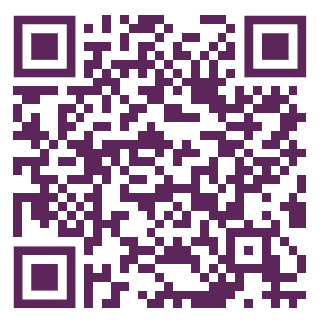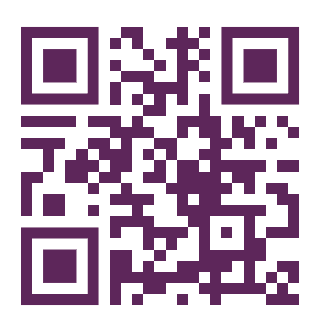MANUAL THERAPY & INFANT FEEDING
What is the role of manual therapy for helping babies with feeding difficulties?
There are several healthcare professions that use manual therapy as their modality for treating the human body. Manual therapy is the hands-on method of treating the body, rather than a drug-based approach. The therapist uses a variety of techniques to support the tissues and help return function to a normal level when there has been injury or changes to the areas involved.
The techniques used can have different names depending upon the profession using them, but in general they include:
- Mobilising a joint: taking it through a range of motion to promote full use, to ease ligamentous, capsule or muscular restrictions to full movement.
- Soft tissue techniques: massage, stretching, inhibition, cross-fibre.
- Active tissue techniques: asking the patient to work against the therapist e.g. Muscle Energy Technique.
- Nerve stretching: proprioceptive neuromuscular facilitation stretching.
- High Velocity/Low Amplitude Thrust: the “clicking” or “popping” noise of a joint when it is adjusted to regain motion.
- Cranio-Sacral Techniques and Sacro-Occipital Technique: these are generally very subtle, “quiet” and gentle techniques. This first was developed within Osteopathy and is an extension of osteopathic principles aimed at releasing adverse tension in the tissues of the skull, meninges and other connective tissue, and can be applied to other joints in the body too. The latter is the extension of Chiropractic philosophies and looks at more subtle mechanical ways of dealing with chiropractic “subluxation” patterns. Both of these approaches are popular for use in treating babies and they involve very little strong force to be applied to the body.
Most osteopaths and chiropractors who treat babies have undertaken extensive post-graduate studies in order to gain an in-depth knowledge of the embryological development of the baby. This will include the anatomy of the nerves, vessels, bones, joints and muscles relating to the brain, head, face, neck, back and body and organs during development. They understand the stages of development during embryonic life, the process of birth and the interventions or traumas that may occur during birth, and the developmental stages during the early years of life.
The aim during treatment will be, for example:
- To relieve the compressions that occur whilst the baby is growing within the womb (uterus), particularly in the later months when space becomes restricted.
- To relieve stresses and traumas that might result from the birth process, for example awkward presentations that require interventions such as forceps or ventouse can create trauma in the neck and head areas.
- To improve the motion of the thoracic cage which houses the heart and lungs so that breathing is easier.
- To improve the movement of the upper neck area so that the nerves that facilitate feeding are not impinged and the baby can physically and comfortably get their head into the right position for feeding, on both right and left side.
For the mother, osteopaths and chiropractors may assess:
- The pelvis to reduce the symptoms of pelvic girdle pain (symphysis pubic dysfunction) that can make walking and daily activities very painful and awkward.
- The parts of the thoracic cage (ribs and spine) that relate to the nerves that supply the breast and in turn control the milk supply and milk ejection reflexes.
- The mothers muscles and joints to improve their function can help ensure that mother can achieve comfortable positions for birthing, for feeding, for sleeping.
Important Note:
In the United Kingdom there is increasing legislation to protect the general public and to ensure that health practitioners are adequately trained (to B.Sc. degree level or above), insured and continuing their professional development (ongoing training; CPD). Certain professions have their own governing body that regulates the training courses and the individual practitioners on the register, for example, Osteopaths are regulated by the General Osteopathic Council, Chiropractors by the General Chiropractic Council, whilst other professionals, e.g. Physiotherapists, are required to register with the Health and Care Professions Council that regulates many other professions too.
In law, these professional titles are protected and it is a criminal offence to use them if the practitioner is not registered with the relevant governing body.
The protected titles include the following:
- Physiotherapy (HCPC; https://www.hcpc-uk.org)
- Osteopathy (GOsC;https://www.osteopathy.org.uk)
- Chiropractic (GCC; https://www.gcc-uk.org)
However, there are several practitioners of manual therapy who do not enjoy the same legally protected status, but may well be trained to a high level or have a great deal of experience within their chosen field. It is the individual choice of the member of the public who chooses to use a non-regulated person to ensure the level training and experience is to their satisfaction and to be aware that whilst these practitioners may be a member of an association, it is not a governing body that has recourse within law to protect the public. For example, titles commonly seen include massage therapists, physical therapists, manual therapists and cranio-sacral therapists. Where nurses and midwives provide manual therapies they are still regulated by the Nursing and Midwifery Council in these roles.


